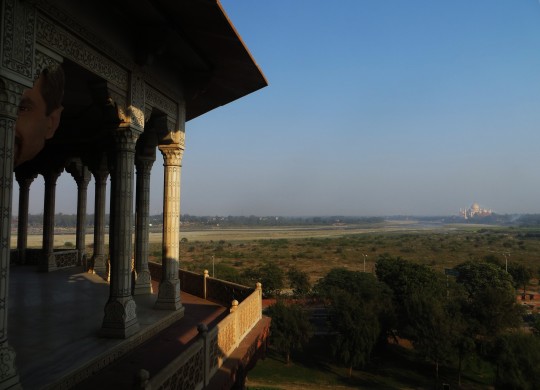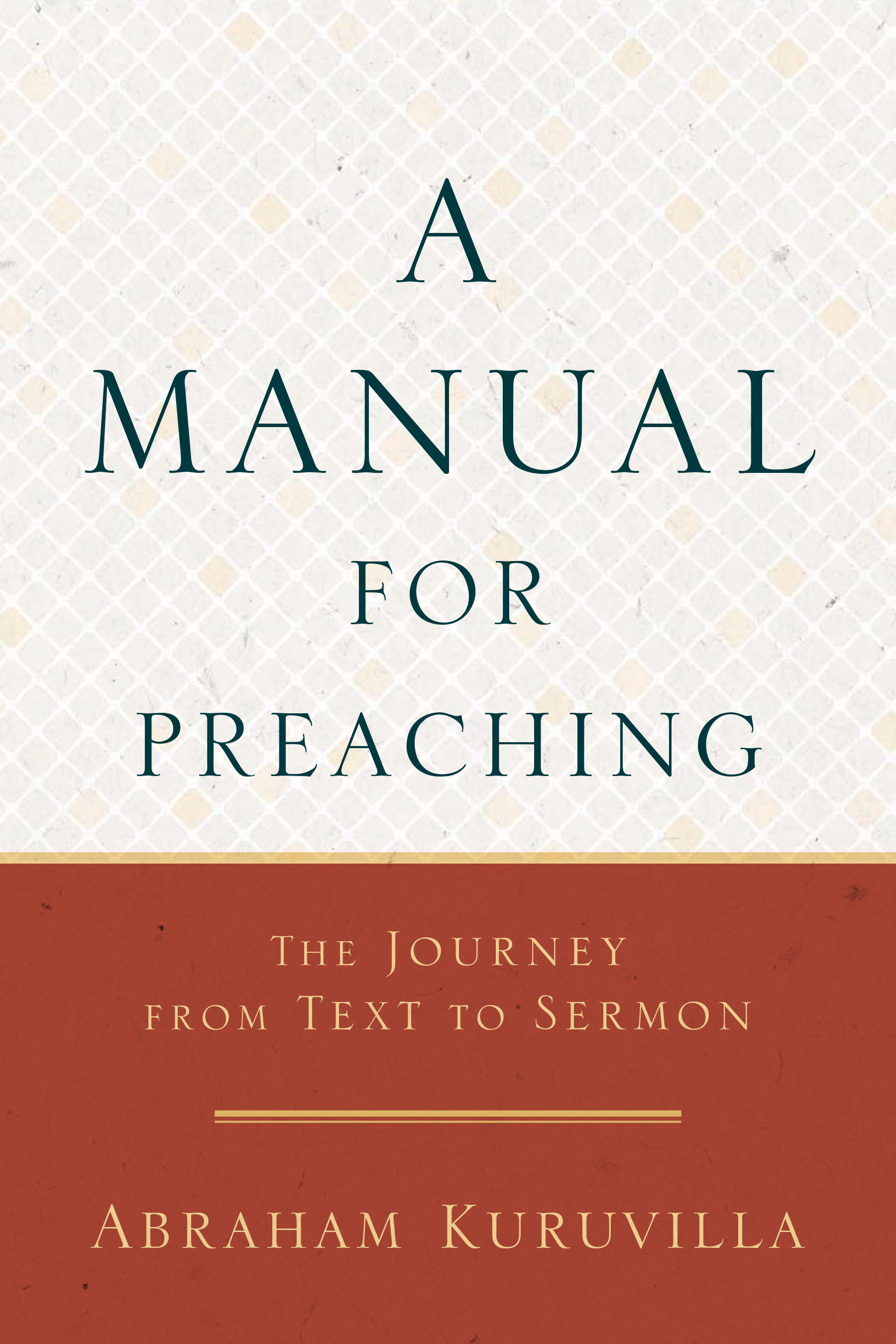Irony!

The Agra Fort, another UNESCO World Heritage site, dates back to early 1100s. It was captured and fortified by the Mughal emperor of India in the late 1500s, Akbar, the grandfather of Shah Jahan—the one who had the Taj Mahal constructed as a mausoleum for his favorite wife, Mumtaz Mahal. The fort is about 2 miles away from the Taj. But grandfather and grandson had different proclivities: the former liked his buildings, including the Agra Fort, in red sandstone, the latter in white marble. Grandson did make a lot of modifications to the fort; a standout is the Musamman Burj, an octagonal tower, in marble, of course.
Last month I got to visit the 100-acre complex of this 2 mile-long fort.
There are some fascinating historical connections with the Agra Fort.
When the Koh-i-Noor diamond (originally about 187 carats) was in the Mughal emperor’s possession, it was guarded in the Agra Fort. (Now part of the crown of Queen Elizabeth II, it is guarded in the Tower of London.) The Agra Fort also has a key role in the Sherlock Holmes story, The Sign of the Four, by Sir Arthur Conan Doyle.
However, I found the story of Shah Jahan and the Agra Fort the most fascinating of them all.
Shah Jahan’s son, Aurangazeb, was a pretty ruthless character. The guy took over his father’s throne when the latter was seriously ill, in 1657. And he executed at least two of his brothers, claimants to the throne, and chased another out of the country. His father, however, recovered from his illness.
Of course, our man, Aurangazeb, wasn’t going to give up the throne after all the hard work. So he promptly had his father incarcerated.
Guess where?
Yup, in the Agra Fort. In the Musamman Burj. Just 2 miles away from Daddy’s favorite building, the Taj Mahal. (Incidentally, Sonny Boy Aurangazeb was the scion of Mumtaz Mahal of the Taj fame. The irony of it all! )
And outside of the Taj complex itself, the Burj provides what is probably the best view of the Taj.
(You can see the Taj on the right of the picture above, taken from the beautiful marble balcony of the Musamman Burj.)
And there, after about a decade of confinement, died Ala Azad Abul Mushafar Shahab-ud-din Muhammad Shah Jahan (1592–1666), 35 years after the death of his favorite spouse, Mumtaz, and looking out fondly from his perch on the Burj at the magnificent monument he had constructed in her memory. The irony of it all!
I am reminded of the ironies of the death of another One.
He Himself bore our sins in His body on the cross,
so that we might die to sin and live to righteousness;
for by His wounds you were healed.
1 Peter 2:24
I’ll let Gregory Nazianzen (4th century) describe it from his Oration 29 (“On the Son,” 20):
As a sheep, he is led to the slaughter,
but he is the shepherd of Israel, and now of the whole world also.
As a lamb, he is silent,
yet he is the Word. …
He is bruised and wounded,
but he heals every disease and infirmity.
He is lifted up and nailed to the tree,
but by the tree of life he restores us. …
He is given vinegar to drink mixed with gall …
who turned water into wine …, who is sweetness himself. …
He dies,
but he gives life, and by his death destroys death.
Thanks be to God,
who gives us the victory
through our Lord Jesus Christ.
1 Corinthians 15:57
Thank You!











 Abe Kuruvilla is the Carl E. Bates Professor of Christian Preaching at The Southern Baptist Theological Seminary (Louisville, KY), and a dermatologist in private practice. His passion is to explore, explain, and exemplify preaching.
Abe Kuruvilla is the Carl E. Bates Professor of Christian Preaching at The Southern Baptist Theological Seminary (Louisville, KY), and a dermatologist in private practice. His passion is to explore, explain, and exemplify preaching.